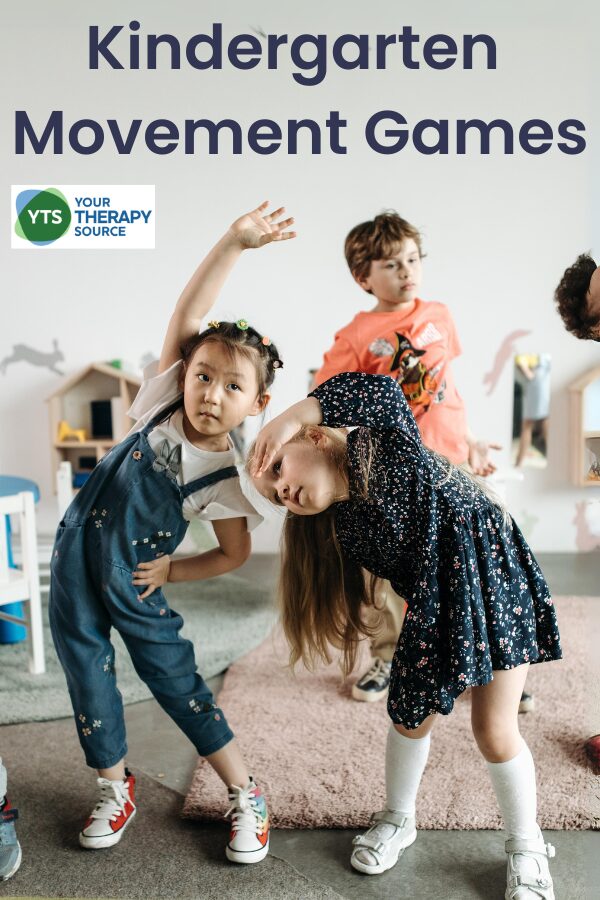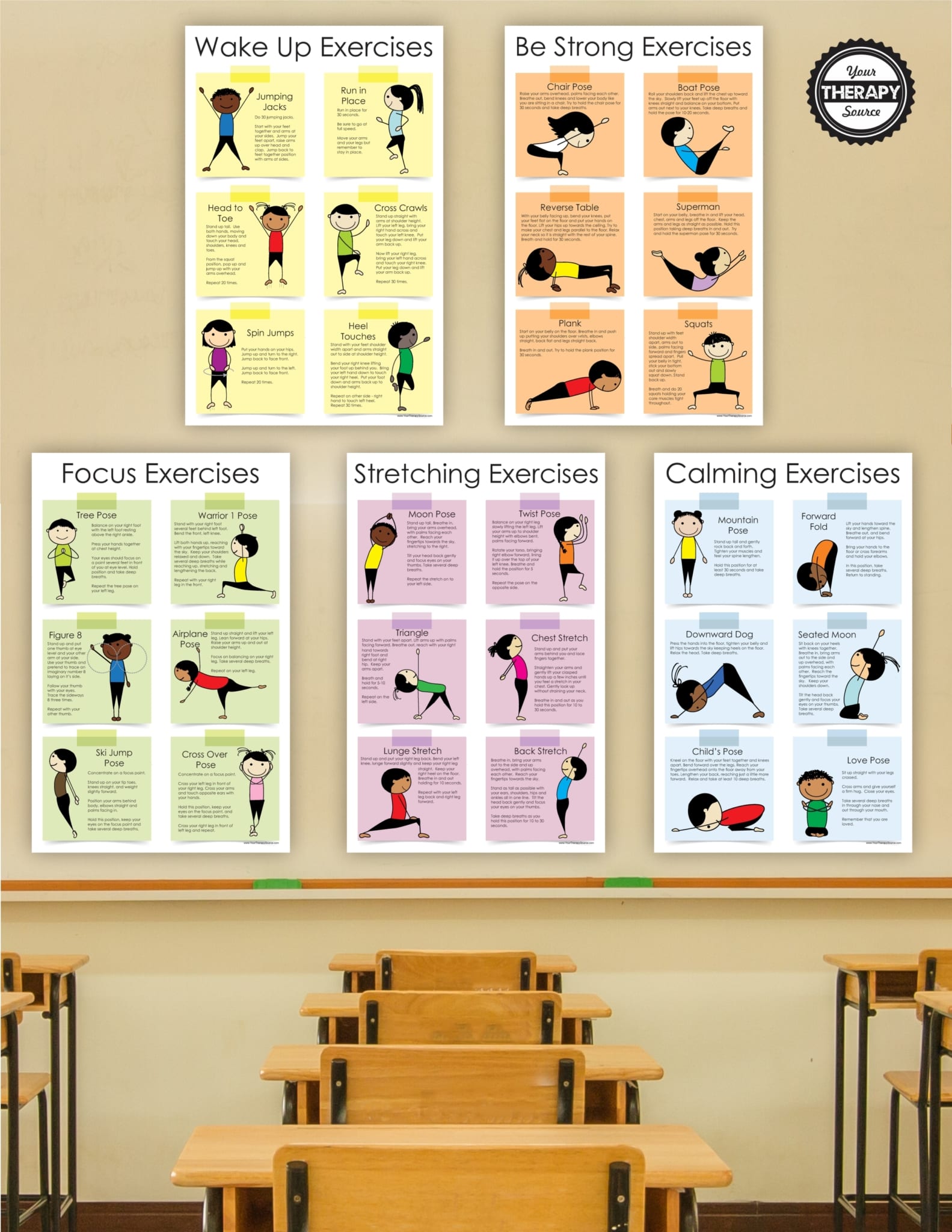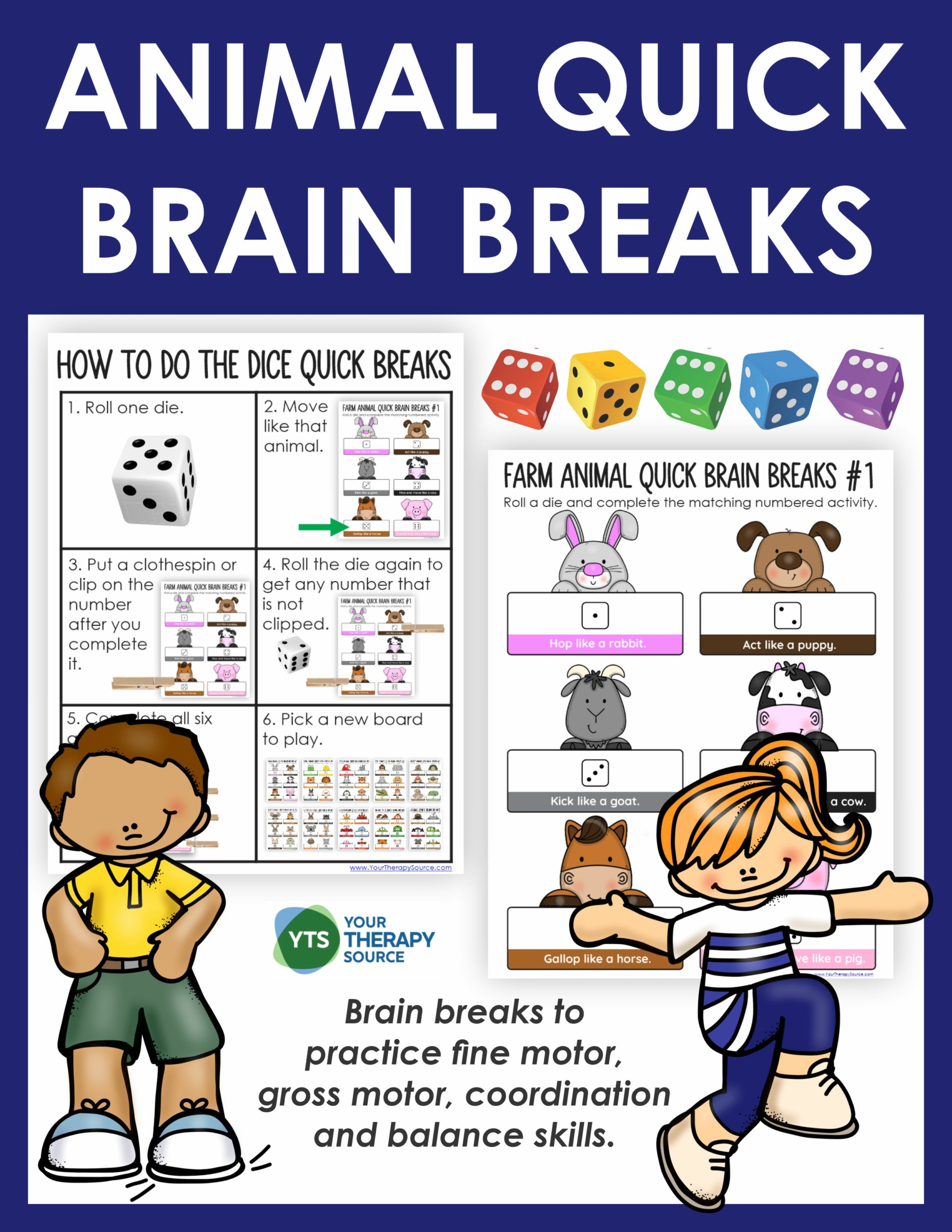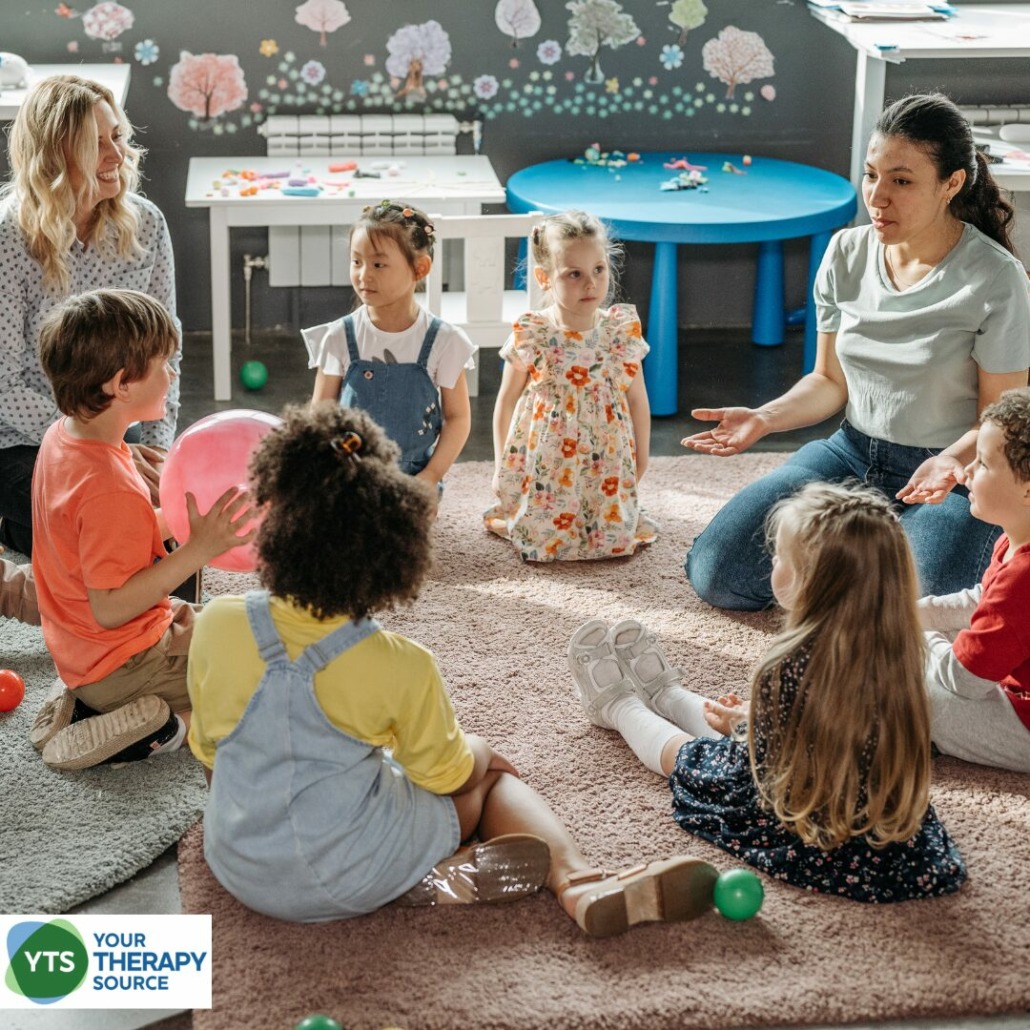Fun Kindergarten Movement Games that Kids Will Love

Kindergarten Movement Games are a cornerstone of early childhood education, offering a blend of fun and learning that caters to the developmental needs of young children. Integrating movement into the kindergarten classroom is not just about keeping children active; it’s about harnessing the power of physical activity to boost cognitive, social, and physical development. From classic games to innovative activities, movement games provide a dynamic platform for engaging young minds in a variety of skills, including gross motor skills, social interaction, and even academic concepts like math and literacy.
The Classic Game of Simon Says: A Great Way to Enhance Listening Skills
Simon Says is a timeless favorite that serves as a great game for enhancing listening skills and following directions. By incorporating different animals or actions into the game, teachers can make it much fun while teaching young kids about various movements and helping them improve their attention and focus. This simple game also introduces children to the concept of rules and the importance of paying attention to verbal cues, which are essential skills in both academic and social settings. Check out all of these amazing ideas and prompts for Simon Says here.

Exercise Posters for Kids – Printed
Circle Time: A Favorite Way to Foster Social Skills and Physical Activity
Circle time is not just for story-telling or discussions; it’s a wonderful opportunity to integrate movement games that promote physical activity and social skills. Engaging in circle games allows children to learn about taking turns, respecting personal space, and working together as a group. Whether it’s passing bean bags in rhythm to music or playing a fun game of Duck, Duck, Goose, circle time games are a fantastic method to encourage cooperative play and physical movement.
Obstacle Courses: Building Gross Motor Skills and Problem-Solving Abilities
Creating an obstacle course is a great movement activity that not only boosts physical development but also enhances problem-solving skills and creativity. Using simple materials like hula hoops, cones, and paper plates, teachers can design courses that challenge children to jump, crawl, balance, and navigate through various obstacles. This type of physical activity is excellent for developing gross motor skills, coordination, and the ability to follow multi-step directions.
Incorporating Movement into Academic Learning
Movement games can also be a powerful tool for academic learning. For instance, activities that involve number recognition, such as hopscotch with math problems or a movement-based scavenger hunt with clues that require counting or simple math, blend physical activity with learning in a way that is both effective and enjoyable for young children.
15 More Kindergarten Movement Games
These activities offer diverse ways to integrate movement into the kindergarten classroom, catering to the development of both younger and older children. From enhancing fine and gross motor skills to boosting academic learning through active play, these games are designed to promote a holistic approach to child development.
- Red Light, Green Light: This classic outdoor game is a fantastic way to teach young children about following instructions and self-regulation while enhancing their gross motor skills. It’s perfect for all age groups and promotes physical movement in a fun way.
- Hula Hoop Fun: Encourage kids to use hula hoops in various ways, such as spinning them around their waist or rolling them across the ground. This activity is great for developing gross motor skills and hand-eye coordination, making it a favorite among kindergarten teachers.
- Jump Rope Jamboree: Jump rope games are excellent for outdoor play, helping kids improve their coordination and physical fitness. This simple activity can be adapted for younger kids by using the rope for hopping games or creating a snake on the ground for them to jump over.
- Balloon Keep Up: A gentle indoor game that’s perfect for rainy days, challenging children to keep a balloon in the air using their hands, feet, or heads. This game enhances fine motor skills and hand-eye coordination in a fun, playful setting. Any balloon games are super fun for this age!
- Animal Movements: Turn movement exercises into a game by having children imitate different animals. This encourages creativity, helps with learning about animals, and is a wonderful way to develop gross motor skills through fun movement activities.
- Obstacle Course Adventure: Create an indoor or outdoor obstacle course using items like cones, ropes, and tunnels. This activity is great for developing physical skills, problem-solving, and is one of the best things for promoting physical activity and teamwork among young children.
- Nursery Rhyme Movements: Combine literacy skills with physical activity by having children act out nursery rhymes. This not only aids in memorization but also introduces them to the benefits of movement in learning.
- Bean Bag Toss: A simple game that can be played indoors or outdoors, focusing on hand-eye coordination and fine motor skills. Kids can aim for targets or into buckets, and for older kids, you can add math skills into the mix by scoring points. Try this alphabet bean bag game.
- Simon Says with a Twist: Add silly actions or incorporate lessons from the day into a game of Simon Says. This activity is an easy way to get kids moving while reinforcing memory and listening skills.
- Yoga for Kids: Introduce simple yoga poses to help with flexibility, balance, and calmness. Using animal poses can make it more engaging for young children, promoting physical and mental well-being.
- Dance Party Freeze: Play music and encourage children to dance in their own movement style; when the music stops, everyone freezes. This indoor game is perfect for a kindergarten brain break and encourages creativity and gross motor movement.
- Scavenger Hunt: Turn a classic game into a movement activity by hiding objects around the classroom or playground. This encourages exploration and is a great game for developing observation skills and encouraging physical activity.
- Parachute Play: Using a large parachute for group games can help develop social skills, coordination, and gross motor skills. From making waves to lifting and running underneath, parachute games are a hit with kids of all ages.
- Uno Movement Game: Adapt the classic Uno game to include physical activities. Each color card can represent a different movement, such as jumping, spinning, or hopping, making it a fun way to integrate physical activity into game time.
- Treasure Hunt Obstacle Course: Combine math skills and physical activity by setting up a treasure hunt that requires children to solve simple math problems at each station of an obstacle course. This not only makes learning math more engaging but also incorporates gross motor activities and problem-solving.
These activities offer diverse ways to integrate movement into the kindergarten classroom, catering to the development of both younger and older children. From enhancing fine and gross motor skills to boosting academic learning through active play, these games are designed to promote a holistic approach to child development.

Animal Quick Brain Breaks
Using Movement Games for Brain Breaks and Indoor Play
Brain breaks are short, energizing bursts of activity that help kids refocus and recharge, making them a critical part of the school day. Games like the Hokey Pokey or Freeze Dance are perfect for indoor play, allowing children to expend excess energy and return to learning activities with renewed concentration. These fun activities are not only a great way to break up the day but also help in improving attention span and classroom behavior.
Incorporating movement games into the kindergarten curriculum is a dynamic approach to education that addresses the holistic needs of young learners. By engaging children in physical activities, we not only promote their physical health but also enhance their cognitive abilities, social skills, and emotional well-being. For more creative ideas and resources on kindergarten movement games, explore the following posts:
- Quick Games to Play in the Classroom
- Games to Practice Self-Regulation Skills
- Memory Games for the Classroom
- Motivational Games for Students
- Critical Thinking Games
- Yoga in the Kindergarten Classroom
- Sleep for Kindergarteners
- Kindergarten Sight Word Bingo
- Fine Motor Activities for Kindergarten
These resources offer a wealth of ideas and activities to enrich your classroom with movement-based learning, making every day a great time for both teachers and kids of all ages.



